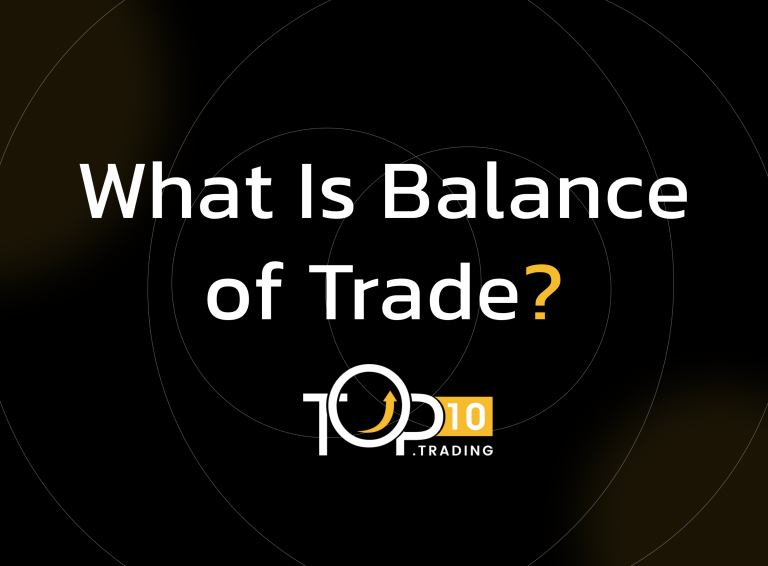Balance of Trade Definition

The balance of trade (BOT) is a key economic indicator that measures the difference between the value of a country’s exports and imports of goods over a specific period. It is often referred to as the trade balance, international trade balance, or net exports and is the largest component of a country’s balance of payments (BOP).
Key Takeaways
- The balance of trade is the difference between the value of a country’s exports and imports of goods over a period.
- A trade surplus means exports exceed imports; a trade deficit means imports exceed exports.
- It is a major component of the balance of payments and influences economic policy and currency valuation.
- The balance of trade should be considered with other economic factors to assess a country’s economic health.
- Persistent surpluses or deficits have complex implications and are not inherently good or bad.
Absolute Return vs. Relative Return
The balance of trade is calculated as:

- A trade surplus (positive balance) occurs when exports exceed imports.
- Relative Return: Measures performance compared to a benchmark (e.g., S&P 500, FTSE 100).
- For example, if a country exports goods worth $500 billion and imports goods worth $450 billion in a year, it has a trade surplus of $50 billion.
Why Is Balance of Trade Important?
- Economic Indicator: It provides insight into a country’s international trade position and competitiveness.
- Component of Balance of Payments: BOT is the largest part of the current account, which also includes services, income, and transfers.
- Reflects Demand and Supply: A surplus may indicate strong global demand for a country’s goods, while a deficit may reflect higher domestic consumption or investment needs.
- Influences Currency Value: Persistent trade surpluses or deficits can affect exchange rates and monetary policy.
Trade Surplus vs. Trade Deficit
Aspect | Trade Surplus | Trade Deficit |
Definition | Exports > Imports | Imports > Exports |
Economic Implication | Often seen as a sign of economic strength | Not necessarily bad; may indicate investment or consumption |
Currency Impact | Can lead to currency appreciation | Can lead to currency depreciation |
Limitations and Context
- The balance of trade alone does not fully indicate economic health; it must be analyzed alongside other indicators like business cycles, investment flows, and economic policies.
- A trade deficit is not inherently negative; it can reflect capital investment that boosts future growth.
- Data collection challenges and discrepancies can affect accuracy.
- Understanding the balance of trade helps traders, economists, and policymakers gauge a country’s trade dynamics and its position in the global economy.
